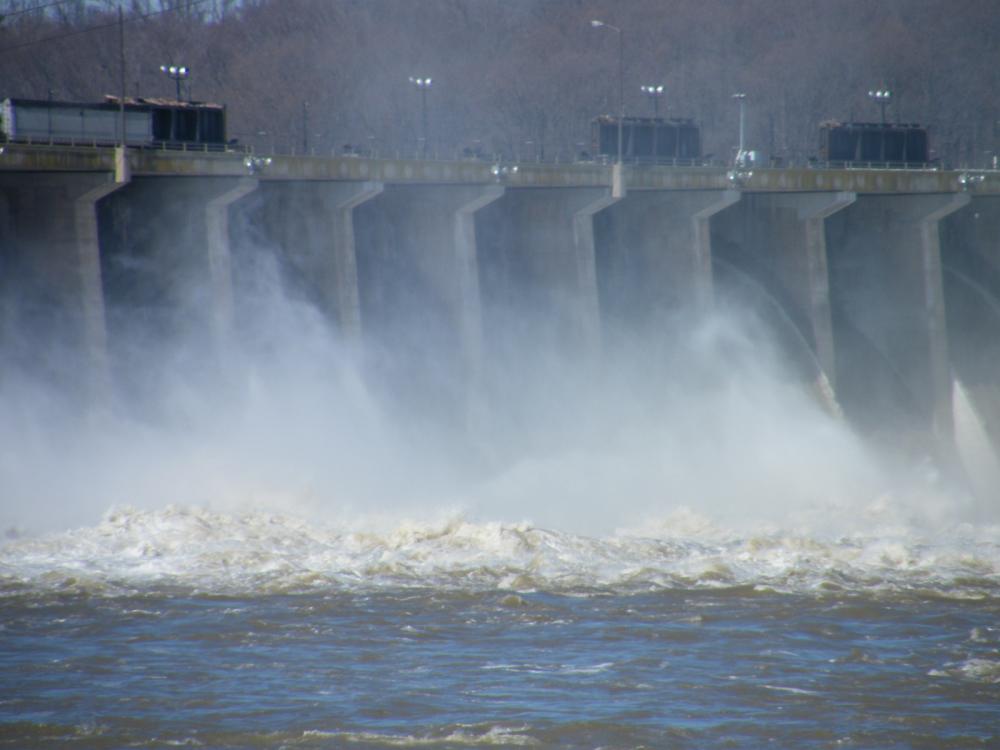 County and municipal governments on the Eastern Shore should scrutinize carefully a pitch by a Baltimore-based law firm which is trying to convince them pollution from the Susquehanna River will erase any local pollution reduction efforts.
County and municipal governments on the Eastern Shore should scrutinize carefully a pitch by a Baltimore-based law firm which is trying to convince them pollution from the Susquehanna River will erase any local pollution reduction efforts.
The firm’s presentation is rife with misinformation.
We are confident if localities inspect the idea closely, they will see it for what it is: a flawed solution. Better to stay the course with strategies that are working.
The firm, Funk & Bolton, said it will offer its services for $30,000 per county to help them potentially challenge state sewage treatment standards and other environmental efforts, according to newspaper stories.
In a presentation to the Maryland Rural Counties Coalition earlier this month and in letters sent to local governments around the state, the law firm argues that local pollution reduction efforts are “a waste of limited resources,” especially in light of the fact that the Susquehanna continues to be “the single largest contributing source to the nutrient loading of the bay.”
The firm, which already is representing Dorchester County, further alleges the Susquehanna’s impact will worsen dramatically because the Conowingo Dam can no longer trap pollution as it once did.
Funk & Bolton cites only one study for its pitch. The author of that study, Robert M. Hirsch of the U.S. Geological Survey, confirmed to the Chesapeake Bay Foundation that the firm dramatically misrepresented his findings.
The truth is while the Susquehanna discharges significant pollution to the central stem of the bay, virtually no Susquehanna pollution flows up into the tidal tributaries of the Eastern Shore. Our local creeks and rivers are polluted almost entirely by local sources — farms, sewage plants, urban streets and other sources.
Also, while the Conowingo situation needs attention, even under the best of circumstances the dam traps only 2 percent of nitrogen pollution from the river. Nitrogen and phosphorus pollution are the most important threats to the bay.
That means the Conowingo can do little to reduce much of the most harmful pollution to the main stem of the bay.
Regardless of what happens with the Susquehanna, the need will remain for local pollution reduction efforts.
We realize some clean-up measures will be expensive. Cost is a legitimate concern. Innovative answers may be close, such as “green infrastructure” that mimics nature in order to treat polluted runoff, or “nutrient trading” that could help achieve pollution reductions in a more cost-effective way. Under the blueprint to clean the bay agreed to by all states and the District of Columbia, we have till 2025 to fully implement strategies.
For now, we need only pick up the pace of our cleanup.
Our local efforts are working. In Maryland alone we are discharging 24 million fewer pounds of nitrogen into our water each year than we were three decades ago. Let’s not retreat into the blame game, justifying inaction at home because of problems elsewhere.
Alan Girard is director of the Chesapeake Bay Foundation’s Eastern Shore office.
//essay-writ.org”;.



Write a Letter to the Editor on this Article
We encourage readers to offer their point of view on this article by submitting the following form. Editing is sometimes necessary and is done at the discretion of the editorial staff.